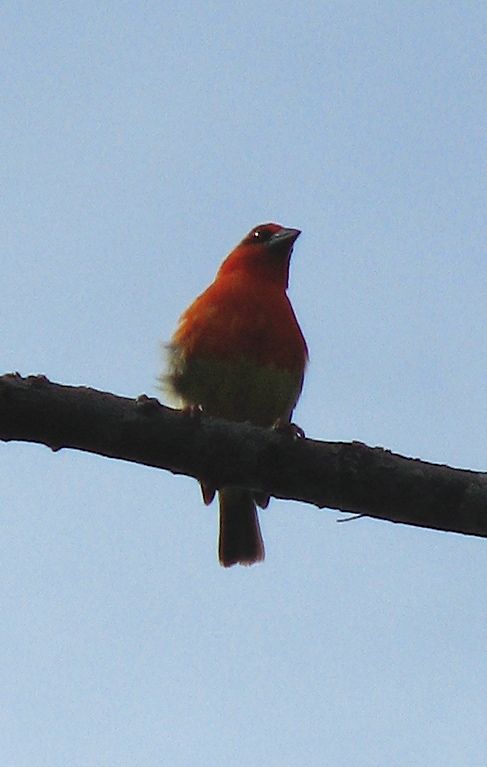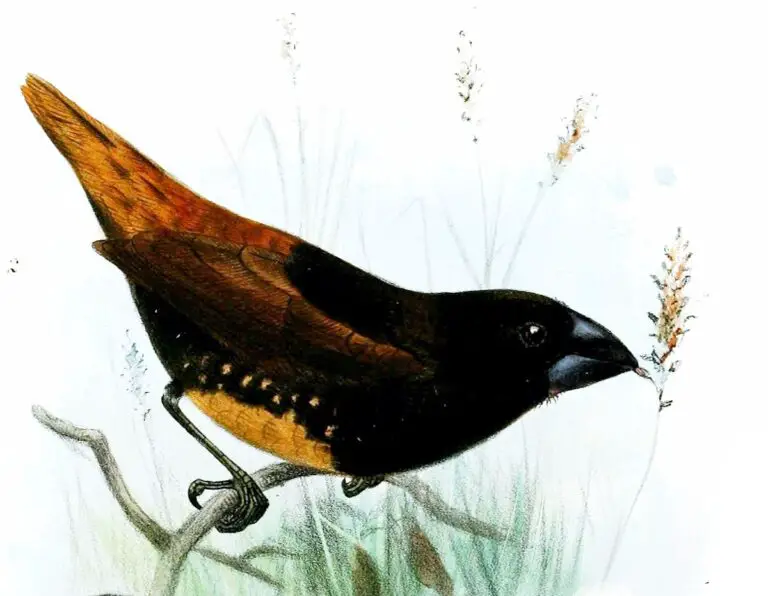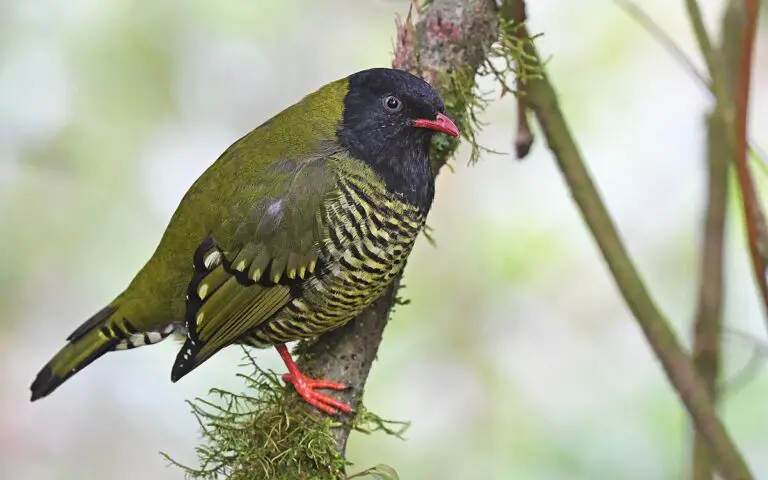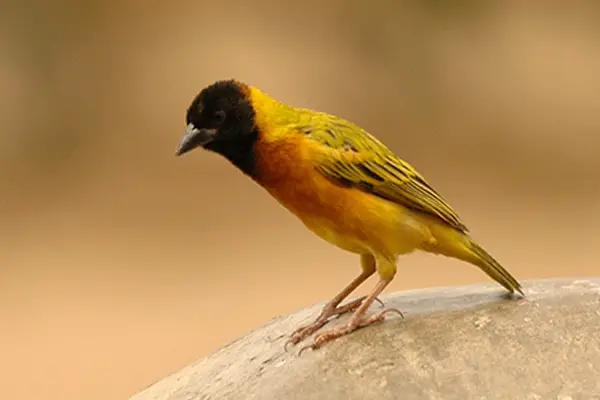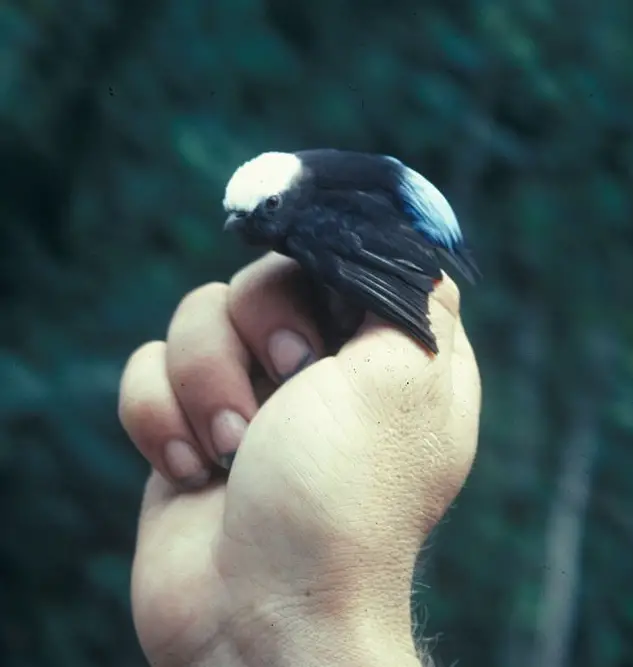Barred owl
“Silent wings, fierce eyes – the barred owl watches over the night.”
Best Quotes for Barred owl Bird
Barred owl Lifespan related to Barred owl Predators & Barred owl Conservation Status also Barred owl Location and Habitat important regarding Barred owl Reproduction & Barred owl Diet for Barred owl Behavior of the Bird
Barred owl Scientific Classification
Domain: Animalia
Kingdom: Chordata
Phylum: Aves
Class: Strigiformes
Order: Strigidae
Family: Strix
Genus:
Species:
Data Source: Wikipedia.org
Barred owl Characteristics
The Barred Owl is a large bird of prey found in North America. It has a distinct hooting call that sounds like “who cooks for you?” They have brown and white striped feathers, large round heads, and dark eyes. Barred Owls hunt at night for small mammals like mice and rabbits. They are skilled hunters and have excellent hearing to locate their prey. Barred Owls are known for their adaptability and can be found in a variety of habitats, from forests to urban areas.
Barred owl Lifespan
A Barred owl can live up to 10-15 years in the wild, but some have been known to live up to 20 years in captivity. They are known for their distinctive hoots and are found in forests across North America. They are skilled hunters, preying on small mammals and birds.
Barred owl Diet
The Barred owl’s diet mainly consists of small mammals like mice, squirrels, and rabbits. They also eat birds, insects, and amphibians. Occasionally, they may eat fish or reptiles. Barred owls hunt at night using their sharp talons to catch their prey.
Barred owl Behavior
Barred owls are nocturnal birds that hunt at night. They have distinct hoot calls and are known for their curious and territorial behavior.
Barred owl Reproduction
Barred owls mate in early spring and lay 2-3 eggs. The female incubates the eggs for about a month, and both parents care for the young until they are ready to leave the nest.
Barred owl Location and Habitat
The Barred owl can be found in forests, swamps, and wooded areas across North America. They are known for their distinctive hooting call and are often seen perched high in trees.
Barred owl Conservation Status
The Barred owl is considered a species of least concern in terms of conservation status, meaning it is not currently at risk of becoming endangered or extinct.
Barred owl Predators
The main predators of Barred owls are larger birds of prey like Great Horned owls and Red-tailed hawks, as well as raccoons and bobcats.
Barred owl FAQs
- What is a Barred owl?
A Barred owl is a medium-sized owl with distinct barred markings on its feathers. - Where can Barred owls be found?
Barred owls can be found in forests across North America. - What do Barred owls eat?
Barred owls primarily feed on small mammals like mice and voles, as well as birds, amphibians, and insects. - How do Barred owls hunt?
Barred owls are nocturnal hunters and use their keen eyesight and sharp talons to catch prey. - Are Barred owls endangered?
Barred owls are not currently listed as endangered, but they face threats from habitat loss and collisions with vehicles. - How do Barred owls communicate?
Barred owls are known for their distinctive hooting call that sounds like "Who cooks for you? Who cooks for you all?" - Do Barred owls migrate?
Barred owls are generally non-migratory birds, but some individuals may move to different areas in search of food. - How do Barred owls protect themselves?
Barred owls rely on their camouflage and stealthy hunting abilities to avoid predators like larger owls and hawks. - How long do Barred owls live?
Barred owls can live up to 10-15 years in the wild, but some individuals have been known to live longer in captivity. - Can I attract Barred owls to my backyard?
You can attract Barred owls to your backyard by providing suitable habitat like mature trees and offering food sources like bird feeders or nesting boxes.
